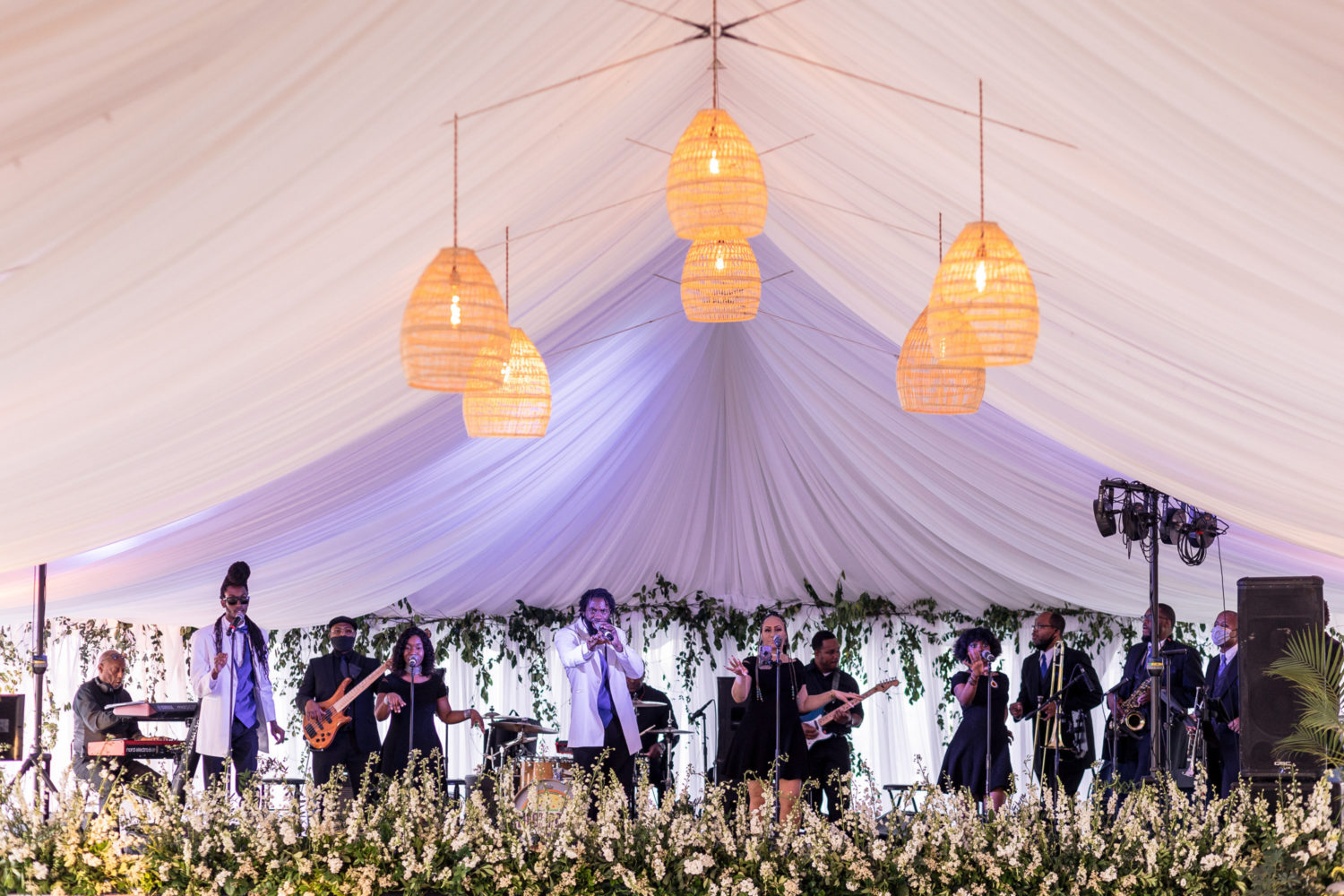By: Lindsay Moran
Washington is an increasingly diverse area, and so is its wedding scene. The number of foreign diplomats, World Bank employees, and second-generation immigrants means that multicultural nuptials are common.
“It’s actually rare for me to plan a wedding where the bride and groom are the same religion or have the same ethnic background,” says Laura Metro, president of M Street Agency in Bethesda.
Throwing a multicultural affair has its challenges. Some couples host two events, each reflective of a different culture. Others design a ceremony and reception that incorporate divergent traditions.
Here is one couple who managed to pull off such a wedding, each in their own way.
A Korean-American Wedding
During their reception at the Washington Club on DC’s Dupont Circle five years ago, bride Kat Song climbed onto her groom’s back for a piggyback ride around the room—a symbol that her new husband was prepared to support her.
The gesture was one way that Kat, communications director for Leapfrog Group, a DC-based health nonprofit, and Chris VanArsdale, an ecofriendly-real-estate developer, incorporated Korean tradition into their otherwise American wedding.
In Korea, centuries-old custom requires bride, groom, and both sets of parents to don traditional costume. Kat’s attire included a jeogori, a short jacket with long sleeves and two ribbons tied together to form the goreum, a bow that is one element by which the beauty of a Korean wedding costume is judged. She also wore a full-length wraparound skirt and a jokduri, a delicate crown beaded and decorated with flowers. Chris, 40, wore a baji, trousers, and a loose-sleeved jacket called a durumagi. The bridesmaids’ tea-length dresses and groomsmen’s tuxedos were very American.
At the reception, Kat, 39, and Chris performed a tea-pouring ceremony and bowed to their parents and other relatives, a variation of paebek, a Korean bride’s formal introduction to and acceptance by the groom’s family. They chose not to include a more archaic tradition in which a groom gives his mother-in-law a live goose as a symbol of faithfulness to her daughter.
Per tradition, the couple’s parents tossed chestnuts at the newlyweds, which Kat tried to catch in the folds of her dress, signifying the number of children she would bear. In fact, Kat was pregnant at the time, presenting perhaps the biggest cultural obstacle she and her fiancé faced.
“I insisted that my parents tell their friends attending that I was pregnant because we were not keeping it a secret,” says Kat. “This was quite difficult for them since Koreans try to adhere to a strict set of social mores.”
She lost count of how many chestnuts she caught, but so far the Kalorama couple have two children.

















